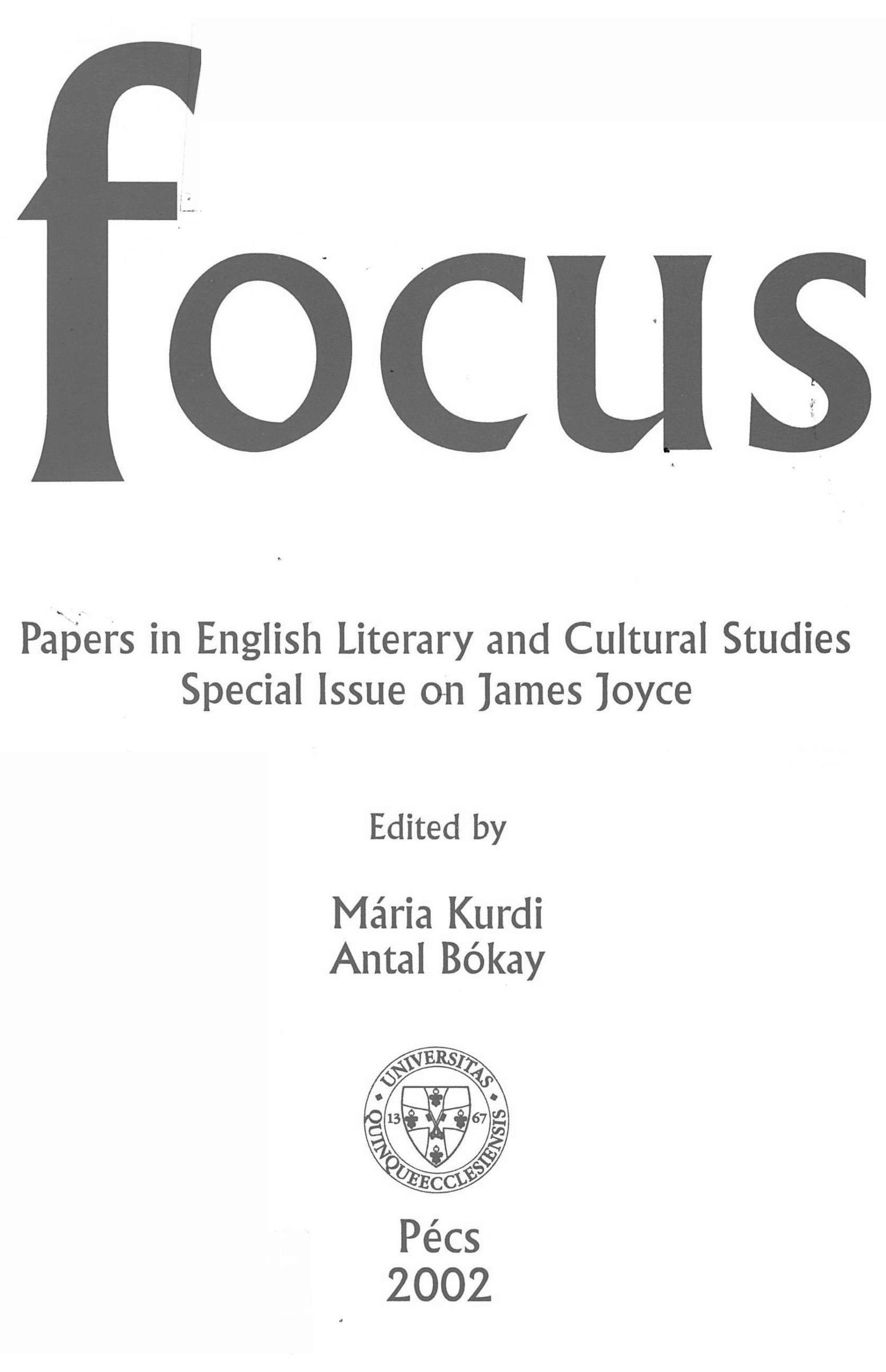Repose, Stasis, Rhythm: Walter Pater and James Joyce
Abstract
It is a fairly reliable indicator ofWalter Pater’s stature that his work is now studied both for its literary-stylistic and its philosophical interest. Oscar Wilde, W. B. Yeats, James Joyce, and Virginia Woolf are all in his debt, and not even those who disliked or thought him harmful, such as T. S. Eliot and Henry James, remained unaffected. His significance reaches well beyond English literary Modernism. J. Hillis Miller, claiming that Pater “is the nearest thing to Nietzsche England has, as Emerson is Nietzsche’s nearest match in America,” calls him one of “the progenitors of modem subjectivistic, ‘impressionistic,’ phenomenological criticism,” and traces a line from Ruskin through Pater and Wilde to Proust, and beyond Proust to Walter Benjamin, Derrida, Paul de Man, and Harold Bloom (Bloom, Walter Pater 75-76). For my part, I will focus attention mainly on aspects of Pater’s influence on Joyce. The lessons of my essay, will, however, have some bearing on the wider literary and philosophical context as well.
Downloads
Published
How to Cite
Issue
Section
License

This work is licensed under a Creative Commons Attribution-NonCommercial-NoDerivatives 4.0 International License.
FOCUS: Papers in English Literary and Cultural Studies follows the principles laid down by Creative Commons, which provides guarantees for the Author’s copyright while also ensuring that intellectual properties are made available for the wider public in a digital form. All papers submitted to the journal apply the following licence conditions (indicated on the journal’s website as well as in individual publications):
“© This work is licensed under a Creative Commons Attribution-NonCommercial-NoDerivatives 4.0 International License.”
You are free to:
- Share, copy and redistribute the material included in the journal in any medium or format under the following terms:
- Attribution — You must give appropriate credit to the Author, and indicate the original place of publication [FOCUS: Papers in English Literary and Cultural Studies, Issue nr., page numbers.].
- NonCommercial — You may not use the material for commercial purposes.
- NoDerivatives — You are not allowed to remix, transform, or build upon the material.
- The above conditions must always be indicated if the journal material is distributed in any form.
- The above conditions must always be met, unless a written permission signed by the Author and the Editor-in-Chief states otherwise.

